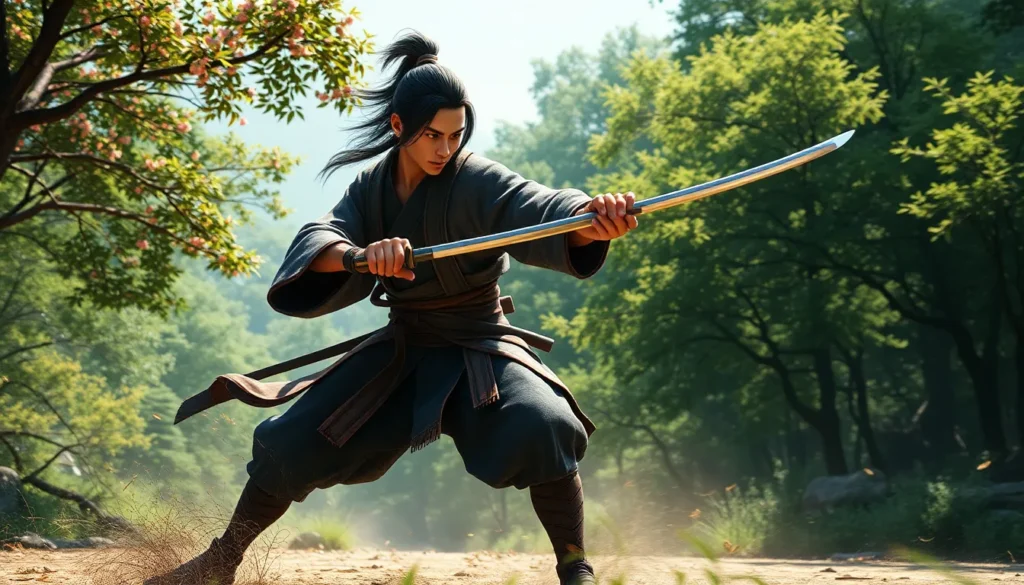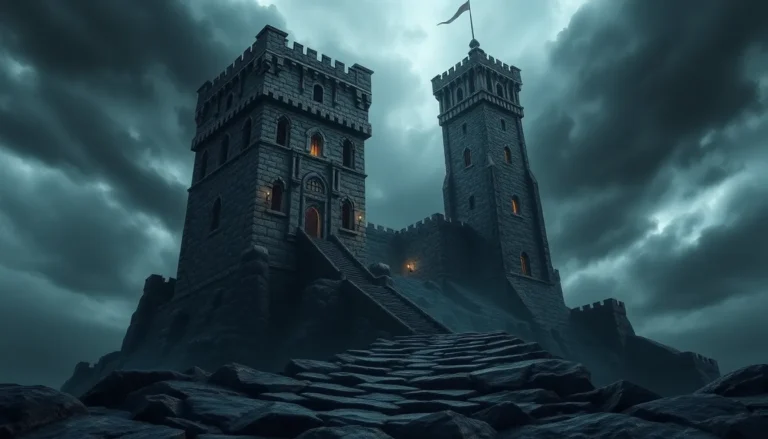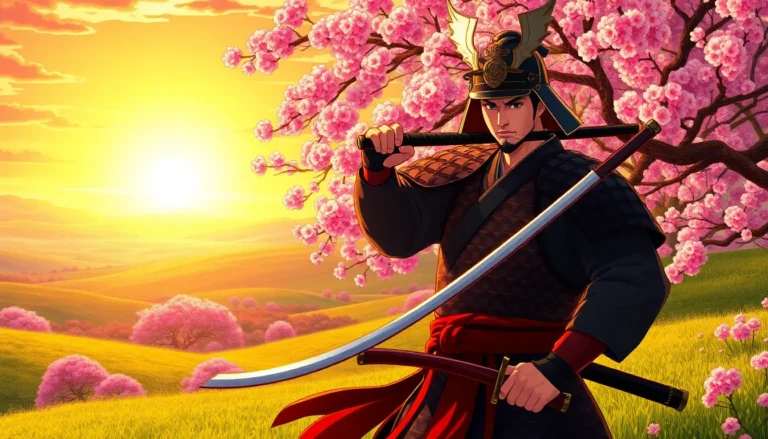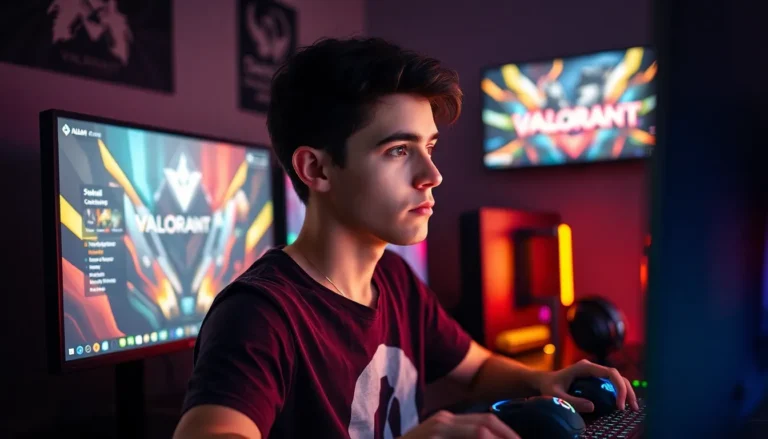Table of Contents
ToggleIn the world of gaming, animation plays a crucial role in immersing players into breathtaking landscapes and engaging narratives. Ghost of Tsushima stands out not just for its stunning visuals but also for its masterful animations that breathe life into the characters and the environment. From fluid swordplay to the delicate rustle of grass in the wind, every detail enhances the player’s experience.
The game’s animation team meticulously crafted each movement, ensuring that Jin Sakai’s journey through feudal Japan feels authentic and impactful. The seamless transitions between combat, exploration, and cinematic moments create a captivating flow that keeps players engaged. As gamers dive deeper into the art of Ghost of Tsushima, they’ll discover how these animations elevate storytelling and gameplay, making it a remarkable achievement in the world of interactive entertainment.
Overview of Ghost of Tsushima Animations
“Ghost of Tsushima” showcases exceptional animations that significantly enhance the gaming experience. The character movements, including Jin’s fluid swordplay and agile dodging, demonstrate precision and realism. Each animation sequence, from combat to exploration, flows seamlessly, maintaining the immersion in feudal Japan.
Environmental interactions, such as foliage movement and dynamic weather effects, contribute to the visual depth. The team employed motion capture techniques to ensure authenticity, capturing the subtleties of human emotion and physicality.
The transition between gameplay and cinematic moments feels organic, thanks to carefully crafted animations that draw players into the storyline. Each battle showcases unique techniques, enriching the combat experience through varied animations that reveal Jin’s growth as a warrior.
Overall, the animations in “Ghost of Tsushima” not only support visual storytelling but also enhance player engagement through their detailed execution and thoughtful design.
Character Animation Techniques
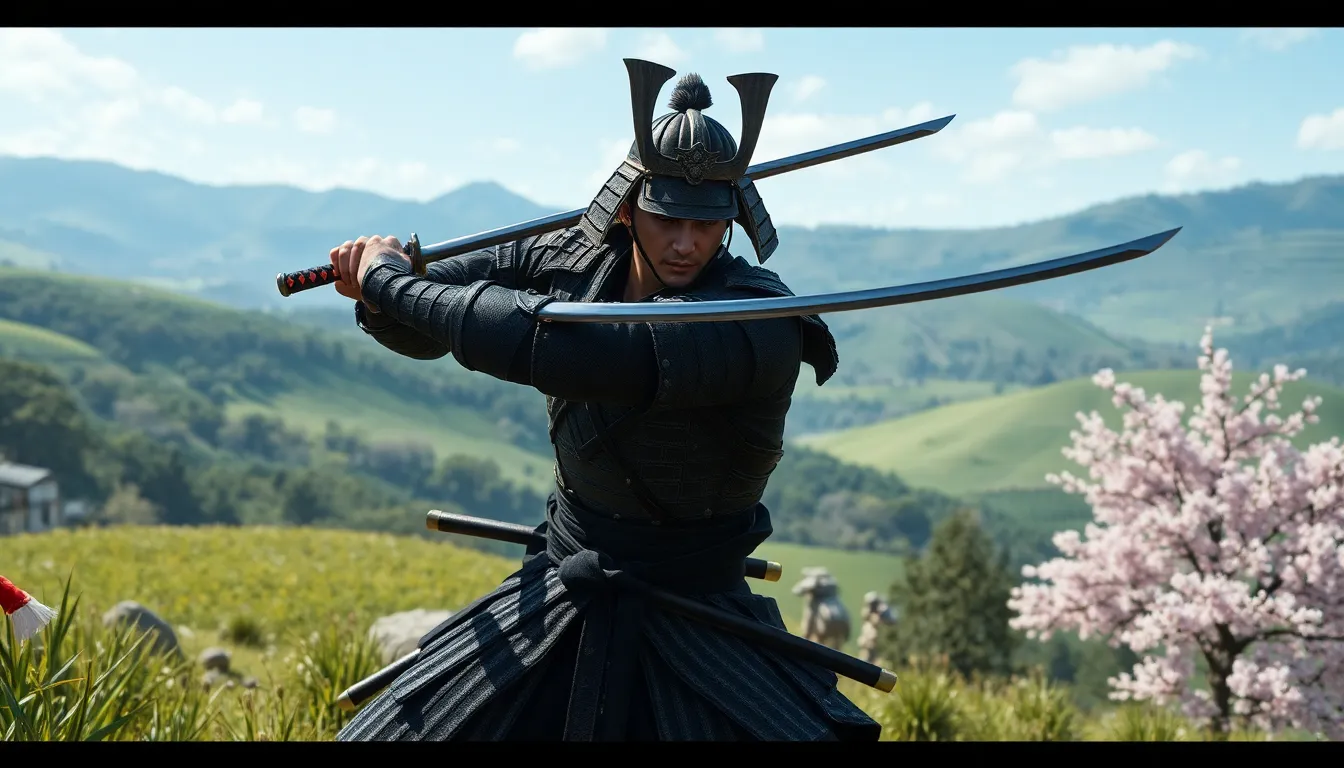
Character animations in “Ghost of Tsushima” incorporate advanced technologies that enhance realism and immersion. The game’s development involved meticulous attention to detail through two main techniques: motion capture and keyframe animation.
Motion Capture Process
The motion capture process utilized in “Ghost of Tsushima” captures nuanced movements by recording real actors’ performances. Actors perform scenes wearing specialized suits equipped with sensors that track their body movements. This data translates into lifelike animations within the game. Key scenes portray Jin’s combat and emotional expressions effectively, ensuring authentic character interactions and responsiveness to in-game events. The seamless integration of this captured data into gameplay amplifies visual storytelling by aligning player actions with realistic character movements.
Keyframe Animation
Keyframe animation plays a crucial role in supplementing motion capture, especially for finer details. Artists create specific poses or frames at pivotal moments, allowing for precision in character movements that automated processes can’t achieve. This technique is essential for actions requiring unique timing, such as explosive sword strikes or nuanced gestures. By carefully controlling these keyframes, animators ensure that Jin’s actions convey his emotional state and physical prowess, enhancing both the combat experience and overall narrative delivery. The combination of these techniques results in animations that feel intuitive and relatable, allowing players to connect deeply with Jin’s journey.
Environmental Animations
Environmental animations in “Ghost of Tsushima” create a vivid, immersive experience that enhances the game’s overall aesthetic and realism.
Dynamic Weather Effects
Dynamic weather effects play a crucial role in player immersion. As players traverse the landscape, they encounter various weather conditions that affect visibility and ambiance. Rainfall creates realistic water droplets on clothing and surfaces, while winds affect foliage movement, adding dynamism to the scenery. These elements not only enhance visual appeal but also influence gameplay, as rain can obscure sounds and alter combat strategies. The transition between sunny days and stormy nights demonstrates the game’s attention to detail, offering a living, breathing environment that responds to players’ actions.
Wildlife Interactions
Wildlife interactions enrich the game’s world and provide a sense of authenticity. Players observe animals, such as deer, birds, and foxes, moving through the environment. These creatures react to player presence, enhancing immersion with their natural behaviors. For example, foxes guide players to shrines, encouraging exploration and fostering a connection with nature. The diverse ecosystems, featuring flocks of birds taking flight or insects buzzing, contribute layers of life to the landscape, ensuring players feel intertwined with the beauty of feudal Japan. These environmental animations reflect the game’s commitment to crafting a detailed, interactive world.
Combat Animations
Combat animations in “Ghost of Tsushima” showcase a blend of precision, fluidity, and responsive mechanics that significantly enhance gameplay. Each movement, from stealthy maneuvers to dynamic sword fighting, contributes to the player’s immersion in feudal Japan.
Stealth Mechanics
Stealth mechanics in “Ghost of Tsushima” rely on detailed animations that depict Jin’s agility and cunning. Crouching and hiding behind obstacles, Jin’s movements remain smooth and deliberate. The game employs contextual animations for climbing, grappling, and executing stealth attacks, ensuring fluid transitions between actions. Enemies respond realistically to environmental changes and Jin’s presence, enhancing the challenge and strategy involved in stealth gameplay. Such animations emphasize player choices, reinforcing the importance of stealth in achieving objectives without direct confrontation.
Sword Fighting Styles
Sword fighting animations display remarkable variety and depth, reflecting Jin’s evolution as a warrior. Each sword style incorporates unique moves, including slashes, parries, and counterattacks, executed with fluidity and precision. The game employs motion capture to depict realistic swordplay, capturing the intricacies of weight and momentum. Players can switch between stances to exploit enemy weaknesses, with each stance showcasing distinct animations and timings. The result offers an engaging combat experience, where mastering Jin’s fighting styles becomes essential for success in battle. Such animations not only enhance the visual appeal but also provide strategic depth, inviting players to adapt their approach based on the challenges they face.
Animation Impact on Gameplay
Animation significantly impacts the gameplay in “Ghost of Tsushima,” enhancing immersion and realism. The fluidity of Jin Sakai’s movements during combat showcases precision and responsiveness, allowing players to engage in battles with a sense of authenticity. Players experience smooth transitions between combat styles, facilitating adaptive strategies required to succeed against varying enemies.
Character animations, driven by advanced motion capture techniques, bring emotional depth to interactions. Jin’s expressions convey courage and determination, reinforcing players’ connection to his journey. When characters engage in dialogue or react to environmental changes, their animations reflect nuanced human behavior, creating a more relatable narrative experience.
Environmental animations further enrich gameplay. Dynamic weather influences conditions, impacting visibility and player tactics. Foliage moves realistically, responding to Jin’s actions and creating an interactive landscape. Wildlife behaviors add layers to exploration, encouraging players to interact with their surroundings and enhancing the immersive quality of the game world.
Combat animations deserve particular attention for their role in gameplay dynamics. Unique moves for each sword style, captured through motion, allow for varied strategies during fights. Players encounter a responsive combat system, where enemies react realistically to Jin’s actions. This encourages players to master techniques, adapting their battle approach based on situational demands.
Overall, animations in “Ghost of Tsushima” promote a deeply engaging gameplay experience. By integrating character and environmental animations seamlessly, the game draws players into its richly crafted world, emphasizing both storytelling and gameplay fluidity.
The animations in “Ghost of Tsushima” set a new standard for immersive gameplay. By blending advanced techniques with artistic vision, the game creates a captivating experience that resonates with players. Each movement and transition enhances Jin’s journey, making every encounter feel authentic and engaging.
The meticulous attention to detail in combat and environmental interactions not only elevates the visual appeal but also deepens the player’s connection to the narrative. As players navigate through feudal Japan, the seamless integration of animation techniques ensures that every moment is memorable. This commitment to quality in animation cements “Ghost of Tsushima” as a landmark title in the world of gaming.

